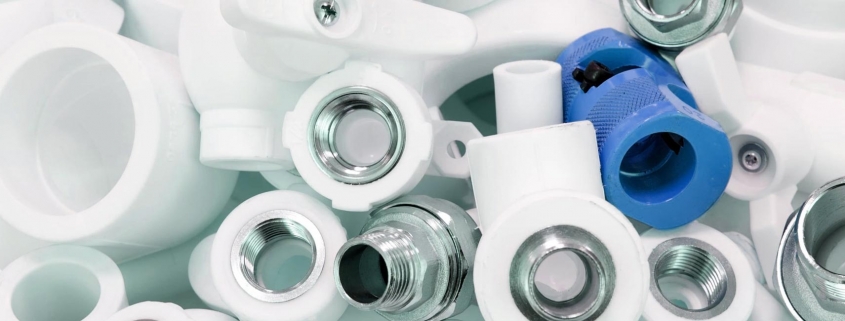Overmolding vs. Insert Molding
The injection molding process begins with raw plastic resin, known as thermoplastic, being dumped into a hopper. This resin is then heated typically to between 300° – 650° Fahrenheit where it melts and is injected into a steel mold.
These molds contain cavities that have been carefully manufactured to meet the specific designs of the desired product. The melted thermoplastic fills the cavity and quickly cools and hardens to create a finished product.
The most common industries to utilize this form of molding are the healthcare industry for medical injection molding, aerospace/defense, and consumer products such as guitar picks and scissors.
There are many disputes about the differences between insert molding vs overmolding. Some argue that insert molding is a completely different process from overmolding while others argue it is the same or similar.
To eliminate confusion, we will describe the two processes separately and then bring them together.
Most commonly, insert molding occurs when a pre-formed part is placed into a mold and the plastic resin flows around the part to produce a molecular bond. The pre-formed part is typically something other than a plastic mold, however, insert molding does not always require a pre-formed part to mold around.


